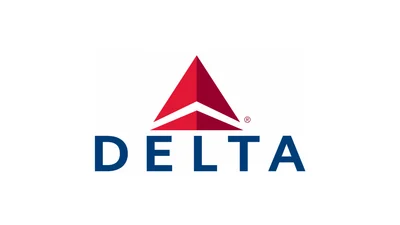Aerodynamic improvements also play a key role in the Dreamliner's performance. The long, flexible wings with raked wingtips are shaped for cruise efficiency at high altitudes, reducing drag. Engines such as the Rolls-Royce Trent 1000 or General Electric GEnx offer improved thermal efficiency and lower specific fuel consumption than earlier generations.
Boeing offers three variants of the 787: the -8, -9, and -10 models. Each variant is tailored for different market needs:
- The 787-8 seats about 240 passengers with a range of approximately 7,300 nautical miles.
- The larger 787-9 carries around 290–300 passengers over slightly longer distances.
- The highest-capacity model, the 787-10, can seat up to 340 but with a shorter range of about 6,330 nautical miles.
This range of options allows airlines to match capacity with demand while maintaining efficient operations across various routes.
The aircraft's systems integration also enhances efficiency. Boeing adopted a more-electric architecture where many systems previously powered mechanically now operate electrically through fly-by-wire technology. This reduces energy losses and maintenance requirements over time.
Passenger comfort features like lower cabin altitude and higher humidity levels not only improve travel experience but also reduce stress on interior structures—an approach informed by research from institutions such as the University of Washington.
Operational data indicates that airlines achieve consistent fuel savings of about 20–25% per seat-mile compared to older widebody jets like the Boeing 767 or early Boeing 777 models. Lighter structural weight results in reduced airport fees tied to maximum takeoff weight (MTOW), providing further cost advantages for carriers.
The development process was not without challenges; outsourcing major components led initially to delays and quality issues before ultimately enabling scalable composite manufacturing techniques. Academic partnerships contributed insights into fatigue resistance and environmental durability for new materials used in construction.
Despite some trade-offs—such as higher production costs for composites—the Dreamliner remains competitive even as newer aircraft like the Airbus A350 enter service. Airlines benefit from lower operating expenses while passengers gain access to more direct flights between cities previously unserved by nonstop routes.
Looking ahead, advancements in engine technology, sustainable fuels, and digital optimization may further enhance the Dreamliner's capabilities as sustainability becomes increasingly important within aviation.
 Alerts Sign-up
Alerts Sign-up




































